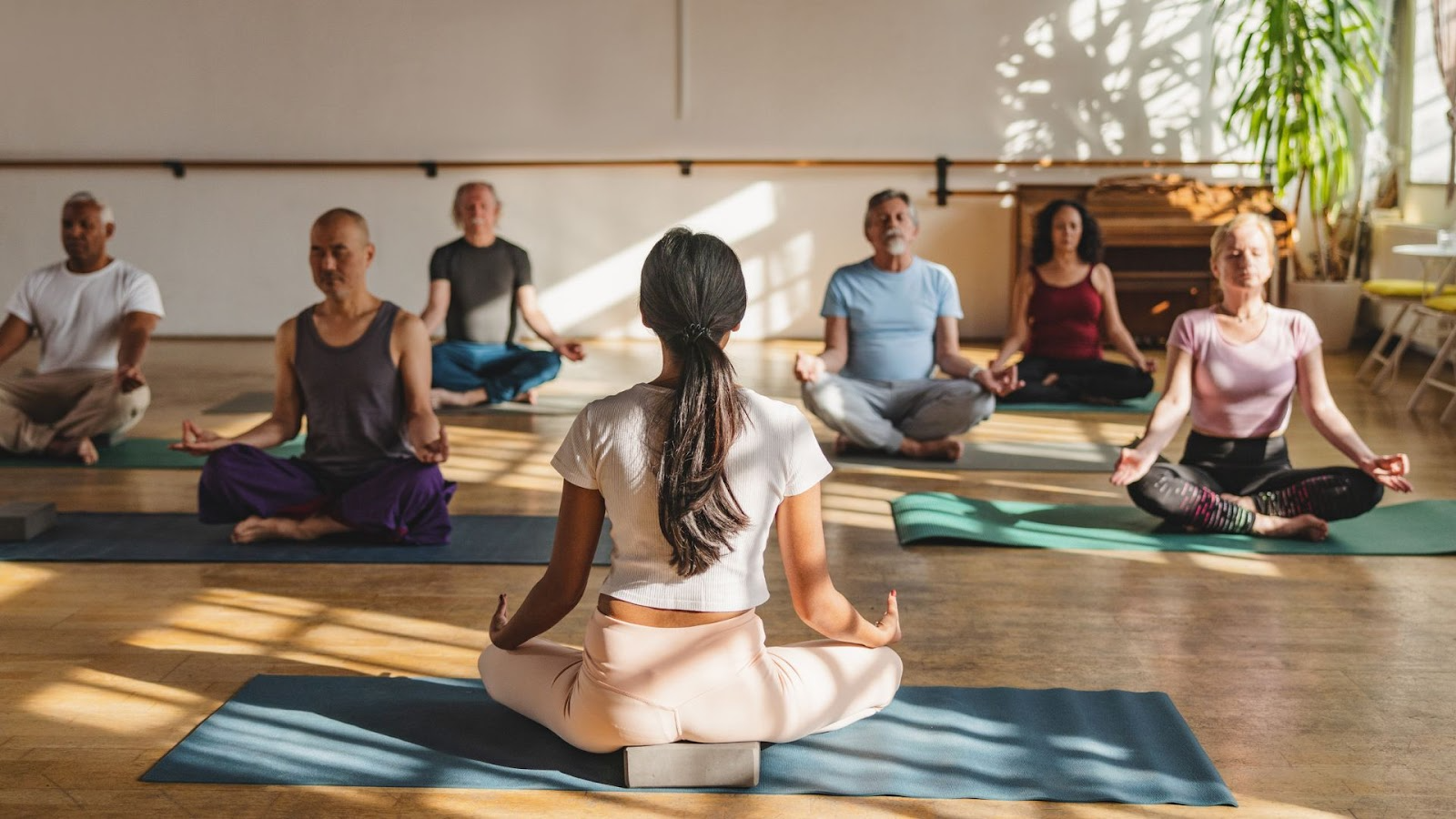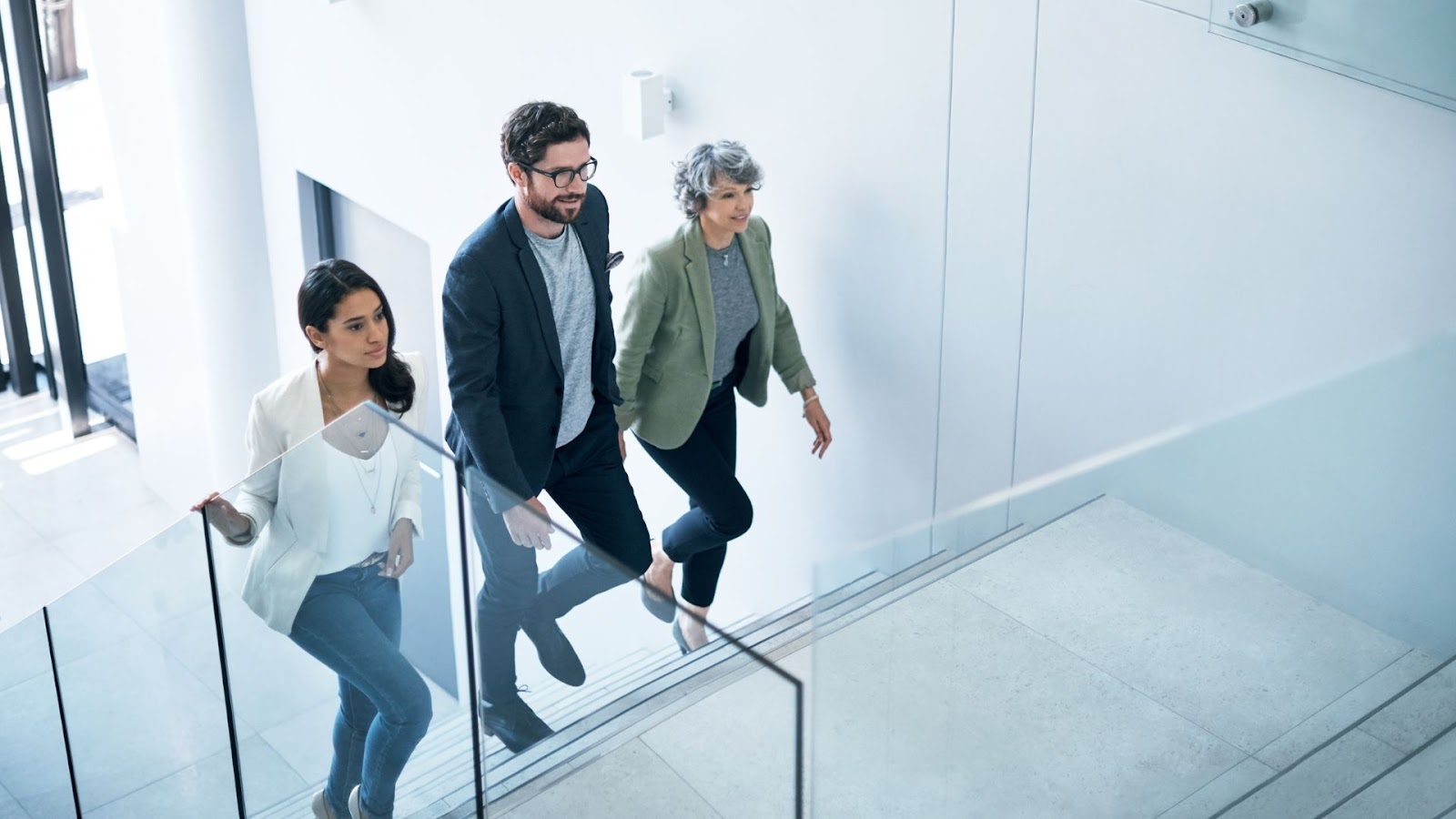Health
I'm a cancer survivor and exercise saved my life

After being diagnosed with breast cancer in 2020, Sabrina Rogers-Anderson fought back by getting fit. Here, she shares her story and takes a deep dive into the latest research demonstrating that exercise is our most powerful tool against cancer.
By Sabrina Rogers-Anderson
When I was diagnosed with breast cancer in 2020, the first question I asked my oncologist was: will I be able to keep working and exercising throughout surgery, chemo and radiation?
He took one look at me and sized me up as the overachieving workhorse I am. “The more physically and mentally active you are during treatment, the better you’ll fare,” he said. “Working will reduce brain fog and exercise will help with everything from fatigue to your mental health,” he said.
Exercise was my secret weapon during chemotherapy
He didn’t have to ask me twice. I kept working as a freelance writer throughout treatment and continued running and going to the gym - although I did both at reduced capacity and rested when necessary.
I’d make my chemo nurses laugh by turning up for my infusion dripping in sweat after running 3K around the lake near the hospital. “Sorry I stink, but it's for my health, you know!” I’d smirk.
On the days after chemo when the side effects were at their worst, I’d drag my fuzzy bald head to the gym and slowly work through a weights session. By some miracle, my nausea had lifted and I felt energised by the time I was done.
Cancer treatment was no walk in the park, but it wasn’t anywhere near as hard as I expected. I credit staying active with my oncologist’s support for making my cancer journey so much smoother.
Now, nearly five years post-diagnosis, I’m in the best shape of my life. I go to the gym 5 to 6 days a week and I recently competed in 2 Hyrox fitness races. A combination of strength training and cardio not only helps me counteract the effects of chemo-induced menopause, but I know it’s my best weapon to keep the cancer from coming back.
Don’t believe me? Check out this undeniable body of research.
1. Exercise “better than drugs” at preventing colon cancer recurrence
This eye-catching news headline on The Guardian website might seem like click-bait, but a landmark global study by Australian and Canadian researchers found that a structured exercise program significantly reduced the risk of colon cancer recurrence, rivalling the effectiveness of commonly used drugs.
The study followed 889 colon cancer patients over 17 years. After completing cancer treatment, they were either assigned to a 3-year structured exercise program or a health education program where they were only given fitness and nutrition advice that mirrors the current standard of care for colon cancer.
Participants in the exercise program were allowed to choose the type of moderate-intensity aerobic exercise that best suited their lifestyle - with many of them opting for brisk walking - and were supported by an exercise professional with the goal of achieving 2.5 hours of exercise per week.
At the end of the study, those in the exercise program had a 28% lower risk of recurrent or new cancers and a 37% lower risk of death compared to those who only received health education materials.
“Our study provides very robust, first-in-class evidence that exercise improves disease-free survival and overall survival in colon cancer patients,” says Janette Vardy, Professor of Cancer Medicine at University of Sydney and co-chair of the study. “It shows that exercise isn’t just beneficial, it can be lifesaving.”
Exercise also may show promise for preventing other types of cancer returning
The study authors believe these benefits may extend to other types of cancer as well. “If you look at the data for recurrences or new cancers, there was a reduction in breast and prostate cancer, but the numbers are small and it can be hard to study,” says Prof Vardy.
These groundbreaking results could lead to exercise becoming standard practice for colon cancer care alongside chemotherapy and surgery.
“The outcomes we found are equal or better to some of the drugs, but we’re not saying exercise should be a replacement for those drugs,” notes Prof Vardy. “They should be used together.”
2. Exercise lessens physical and mental side effects of cancer treatment
A major review of 80 studies found that physical activity can alleviate many of the side effects of treatment across a wide range of cancer types, including breast, prostate, lung, blood, digestive system and other cancers.
Aerobic exercise, resistance training, high intensity interval training (HIIT), mind-body exercises including yoga and tai chi, and other types of exercise were all found to have positive effects on cancer patients.

While some types were more effective at reducing specific side effects - for example, aerobic exercise alone was shown to protect the heart from damage caused by chemotherapy - the bottom line is that any form of exercise is beneficial for cancer patients.
“We had it wrong in the old days when we told people to rest during cancer treatment,” says Prof Vardy. “They need to be exercising within their limitations. It can be hard to get people to stay active during treatment, but it’s so empowering for them when they do.”
Exercise was found to improve the following symptoms and health markers in people with cancer:
- Pain
- Fatigue
- Shortness of breath
- Weight and body composition
- Insulin (which controls blood sugar levels)
- C-reactive protein levels (which are associated with inflammation)
- Cardiotoxicity (heart damage) and peripheral neuropathy (nerve damage) caused by chemotherapy
- Cognitive impairment (brain fog)
- Sleep quality
- Anxiety and depression
- Social functioning
- Overall quality of life
Another study review found that mind-body practices - including tai chi, yoga and qigong - significantly reduce depression and anxiety and improve quality of life in people with cancer aged over 60.
3. Even very small amounts of daily exercise reduce cancer risk
You’ve heard the old adage “An ounce of prevention is worth a pound of cure” and this couldn’t be truer when it comes to the Big C.
“When you look at the observational data, it's very clear that exercise prevents a number of different cancers, including common ones like breast cancer and colon cancer,” says Prof Vardy.
And would you believe that less than 5 minutes of vigorous exercise a day can have a significant impact on your cancer risk?
Time to start taking the stairs
University of Sydney researchers tracked 22,000 "non-exercisers" and found that a total of just 4.5 minutes of vigorous activity that made them huff and puff during daily tasks - think carrying groceries or taking the stairs - reduced their overall risk of cancer by up to 18% and their chance of physical activity-related cancer by up to 32%.

Physical activity-related cancers include liver, lung, kidney, colorectal, head and neck, bladder, breast and 5 other types of cancer.
The best part? Participants didn’t do their 4.5 minutes of vigorous activity in one go. Most of them split it up into 1-minute bursts throughout the day.
While we should aim for the recommended amount of exercise for optimal health - 2.5 to 5 hours of moderate-intensity activity or 1.25 to 2.5 hours of vigorous activity per week - adding even small bursts to your daily routine can help keep cancer at bay.
Movement is medicine
This powerful quote by Prue Cormie, Principal Research Fellow in Exercise & Cancer at Australian Catholic University, sums up the immeasurable power of exercise in the fight against cancer:
“If the effects of exercise could be encapsulated in a pill, it would be prescribed to every cancer patient worldwide and viewed as a major breakthrough in cancer treatment. If we had a pill called exercise it would be demanded by cancer patients, prescribed by every cancer specialist, and subsidised by government.”
Feature image: iStockMarco VDM
The information on this page is general information and should not be used to diagnose or treat a health problem or disease. Do not use the information found on this page as a substitute for professional health care advice. Any information you find on this page or on external sites which are linked to on this page should be verified with your professional health care provider.
More ways to take care of yourself:
